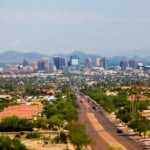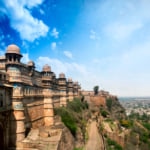Name: Terra Nova
Address: Rue du Dragon, 20200 Bastia
Official/Related Website URL: https://bit.ly/2DwjB66
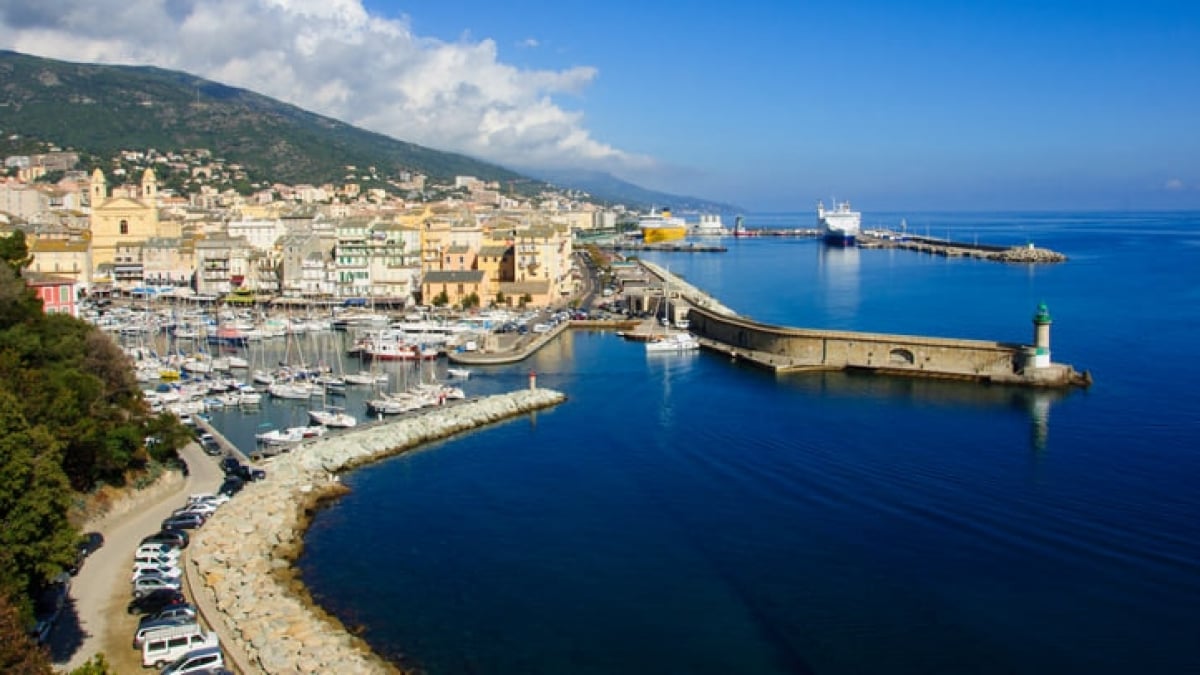
Experience Two Histories: Modern and Genoese – 5 Must-Visit Sightseeing Spots in Bastia!
Bastia is a city located in the northern part of Corsica Island, floating between France and Italy. It is the most important port town on the island and is also a popular tourist destination. With mountains looming close, Bastia is broadly divided into two areas—old and new—each offering its own sightseeing appeal. The old town retains the atmosphere of the Genoese era when Bastia was under Genoa’s rule from the 13th to the 18th century. This area is further divided into Terra Vecchia (Old Town) and Terra Nova (New Town). The modern area stretching to the north of Bastia was developed after the city became part of France in 1769, and includes the new port and the Corsican Railway station.
Now, let us introduce some sightseeing spots in Bastia that showcase both its modern and Genoese heritage.
table of contents
[x] close
Experience Two Histories: Modern and Genoese – 5 Must-Visit Sightseeing Spots in Bastia!
1. Terra Nova District
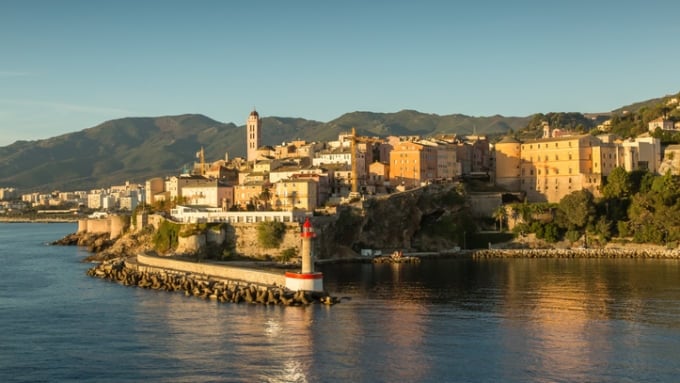
The center of Bastia during the late 13th to late 18th centuries under Genoese rule was the Terra Nova district, which juts out into the sea. Surrounded by stone walls, Terra Nova is a perfect sightseeing area to trace the prosperity and power of Bastia during the Genoese era. The walls were built between the 15th and 17th centuries, and in the 16th century, the Genoese Governor's Palace and noble residences were constructed within the fortress.
Inside the citadel, there’s a hilltop with panoramic views of the old port and the streets of Terra Vecchia. The view extending far across the sea is incredibly refreshing. Terra Nova is also home to many sightseeing attractions, including Sainte-Marie Church, Donjon Square, and the Ethnographic Museum. It is the most historically rich area in Bastia, so be sure to take your time exploring it thoroughly.
2. Terra Vecchia District

The Terra Vecchia district is located northwest of Terra Nova, along Bastia’s old port. In contrast to Terra Nova, which features fortresses and official buildings, Terra Vecchia retains a strong atmosphere of a Genoese-era port town. Rows of beautifully colored houses in red and yellow still serve as homes for Bastia’s residents. Under sunlight, the area becomes even more charming and is perfect for a leisurely stroll.
The heart of sightseeing in Terra Vecchia is the Market Square (Place du Marché) on the north side of the old port. Around this area, you’ll find attractions such as the former Bastia City Hall and the Church of Saint John the Baptist. Though the square is small, it transforms into a lively open-air café in summer, bustling with tourists and locals alike! If you grow tired of Bastia’s many slopes and stairs, take a break at the Market Square.
Name: Terra Vecchia
Address: 4 Rue Cardinal Viale Prélat, 20200 Bastia
Official/Related Website URL: https://bit.ly/2DwPn2J
3. Church of Saint John the Baptist

Facing the Market Square in Terra Vecchia stands the Church of Saint John the Baptist. This is not only Bastia’s largest church but also the largest on the island of Corsica! Visible from afar, its calm cream-colored facade gives it a distinguished presence. Construction began in 1636 and took 30 years to complete. It’s rare in Corsica to find a church with two bell towers, so don’t forget to take a photo as a memento. The rounded tops of the bell towers are particularly charming and memorable.
When visiting Bastia, be sure to explore the interior of the church as well. With frescoes, statues of saints, altars, and stained glass, everything is grand and awe-inspiring. The ceiling paintings and sculptures, in particular, are magnificent, so take your time appreciating the details.
Name: Eglise St-Jean-Baptiste
Address: 4 Rue Cardinal Viale Prelà, 20200 Bastia
Official/Related Website URL: https://bit.ly/2UasUhp
4. Place Saint-Nicolas
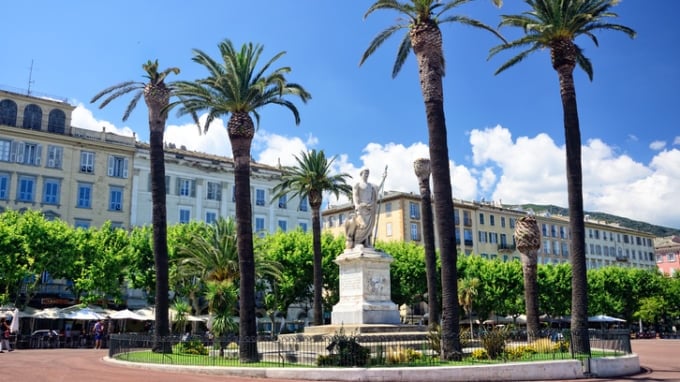
Place Saint-Nicolas is a large square that stretches along the new port of Bastia’s modern district! Measuring about 100 meters east to west and 300 meters north to south, it is one of the largest rectangular squares in all of France. The name originates from the former Saint Nicholas Cathedral from the Genoese era, although it no longer exists.
Mediterranean-style trees line the square, and chic cafés and restaurants line the western side. Attractions are also scattered around, including a statue of Napoleon—Corsica’s famous son—at the southern end, a tourist information center to the north, and the submarine Casabianca on the northeast side. On weekends, the square becomes even livelier as it hosts a market with stalls selling fresh produce and daily goods.
Name: Place Saint-Nicolas
Address: Allée Général Fieschi, 20200 Bastia
Official/Related Website URL: https://bit.ly/2TcPuG4
5. Bastia Museum
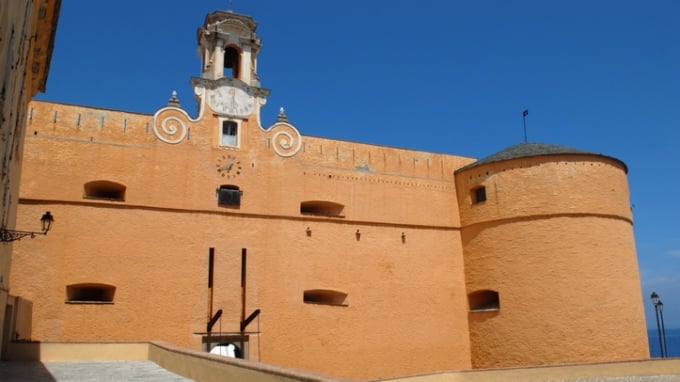
Passing through two majestic gates built in the 18th century brings you to Donjon Square, where the former Genoese Governor’s Palace stands. Today, it functions as the Ethnographic Museum, a sightseeing spot where visitors can learn about the history of Corsica and Bastia.
Inside the museum, you’ll find a variety of exhibits, including old maps of Corsica, everyday tools from the Genoese era, and even German tanks from World War II. Near the entrance, there are several eateries with terrace seating overlooking the port—perfect for a relaxing break during your visit or after touring the museum.
At the center of the building is a courtyard, and as you look around, you’ll feel the true scale of the former Governor’s Palace. If you have extra time, a stroll through Romieu Park, located below the old palace, is also highly recommended.
Name: Musee d'Ethnographie corse
Address: Palais des Gouverneurs, Place du Donjon - Citadelle, 20200 Bastia
Official/Related Website URL: http://musee.bastia.corsica/fr/accueil-885.html
◎ Summary
Bastia’s old town, surrounded by the sea and situated on elevated ground, offers breathtaking views! Even during a casual sightseeing walk, glimpses of the blue sea appear between buildings. Bastia lets you enjoy both the modern and medieval atmosphere, making it one of the most recommended tourist cities on Corsica Island, known for its beautiful scenery. When visiting Bastia, be sure to enjoy both the stylish, Italian-inspired streets that reflect its Genoese past and the down-to-earth charm of its port-town character.
RELATED ARTICLES
REGIONS
CATEGORIES
FEATURED ON Guide
-
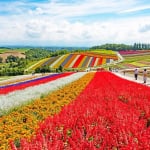
Where will you go for the summer vacation? Introducing recommended spots for domestic travel
-
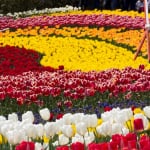
Kaizu City’s Recommended 7 Tourist Spots. Enjoy the Culture and History Nurtured by Wajū!
-
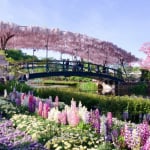
What Makes Ashikaga Flower Park So Special? A Treasure Trove of Photo-Worthy Spots!
-
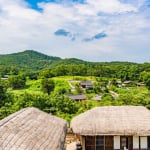
600 Years of Radiant Tradition: Korea’s Historic Villages of Hahoe and Yangdong
-
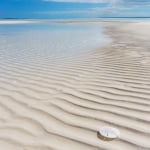
Two-Colored Seas and a Pink Beach! 4 Must-Visit Spots in North Eleuthera
MOST POPULAR ON Guide
-
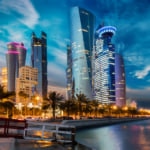 1
1Doha: Must-see Attractions in the Capital of Qatar
-
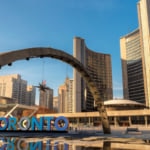 2
2Toronto: 10 Things to do in this Picturesque Canadian City
-
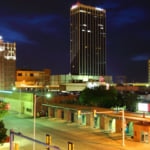 3
3Amarillo: A City Famous for It’s Amazing Canyons, Great History and Music
-
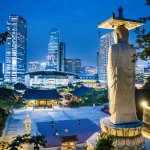 4
4South Korea: Dazzling Scenery, Rich Culture and Fascinating History
-
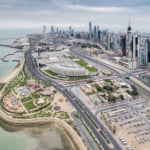 5
5Kuwait: A Country in Middle East Asia Famous for Hot Sand Dunes and Stunning Cityscape


